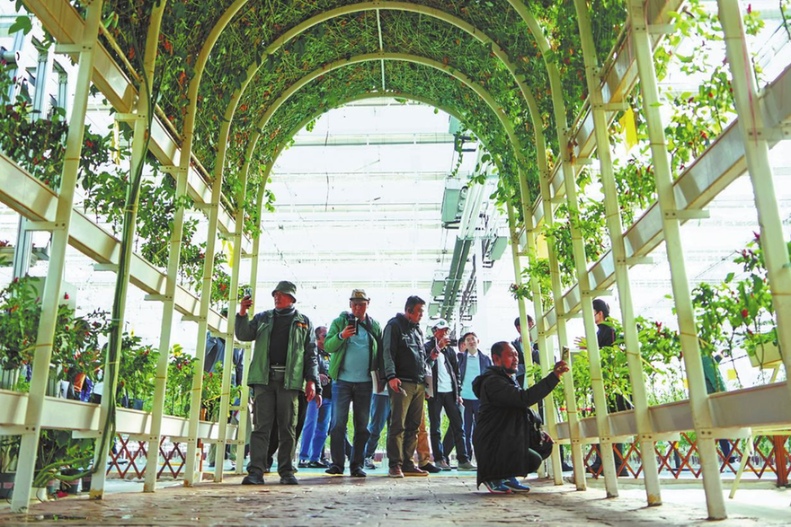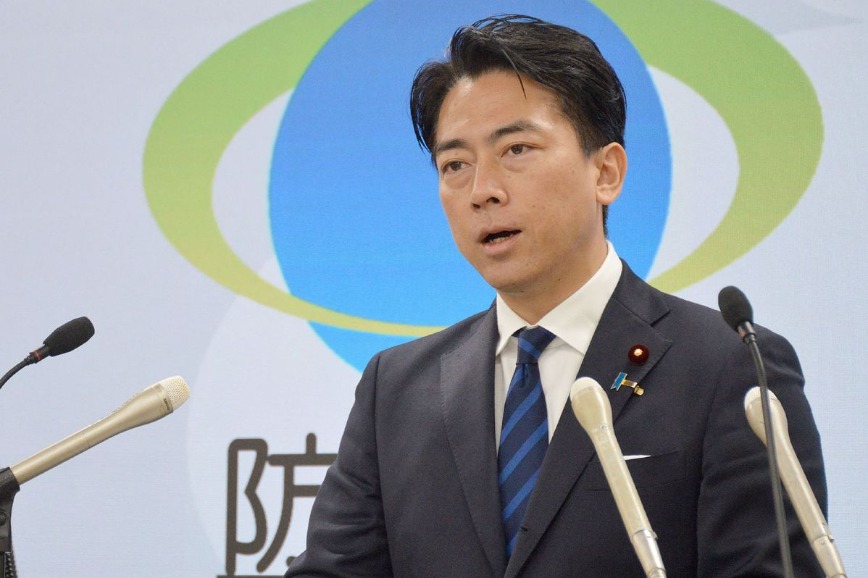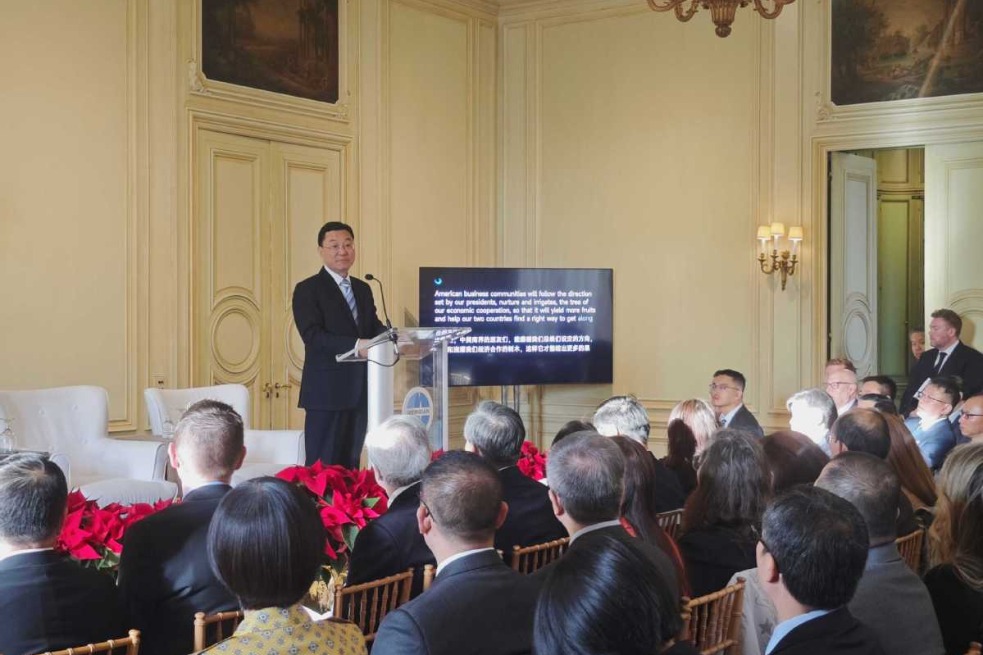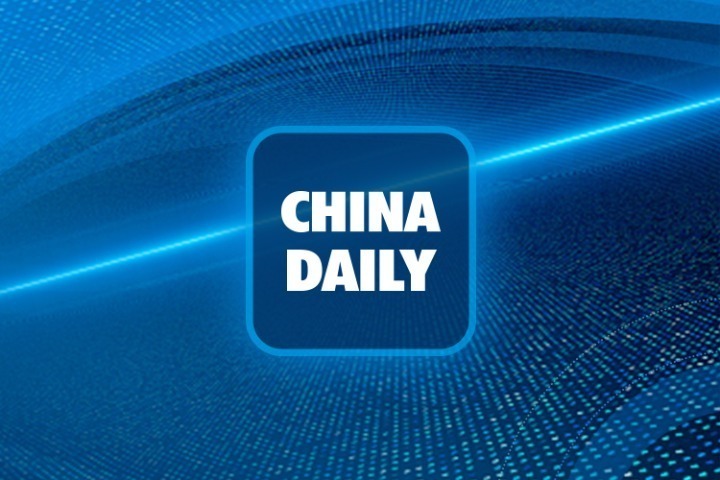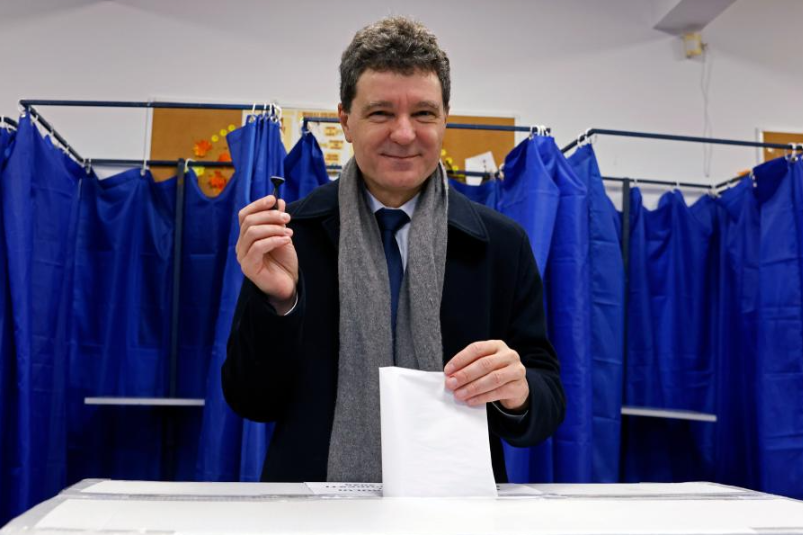Experts reject Japan's claims over Diaoyu Islands

Experts have dismissed Japan's sovereignty claims over the Diaoyu Islands as unfounded, urging both Japan and China to shelve the dispute and pursue joint development.
"As a matter of historical fact, the islands referred to as the Senkaku Islands by Japan were originally Chinese territory," said Tadayoshi Murata, a historian and professor emeritus at Yokohama National University, during a hybrid discussion held in Kawasaki, Kanagawa Prefecture, on Monday.
According to Japanese records, on Jan 14, 1895, Japan's Cabinet decided to erect national markers on the Diaoyu Islands and incorporate them into the jurisdiction of Okinawa Prefecture.
However, this act was "opportunistic, capitalizing on its victory in the First Sino-Japanese War (1894-95), and cannot be considered a legitimate act of sovereignty", Murata said.
Okinawa Prefecture, previously the independent Ryukyu Kingdom, was annexed by Japan in 1879, and the Diaoyu Islands were not included in that annexation.
"Japan calls these islands inherent territory, but since Okinawa itself was annexed later and isn't inherently Japanese, claiming the islands as 'inherent' is contradictory", Murata said. "The argument doesn't hold water."
He also found that since the Ming Dynasty (1368-1644), Chinese maps and documents have consistently included Diaoyu Dao, Huangwei Yu and Chiwei Yu — all part of the Diaoyu Islands — as China's territory.
Before its annexation as Okinawa under Japan's Meiji government, Ryukyu was an independent state under the investiture of the Ming and Qing Dynasties (1368-1911).Chinese emperors legitimized each king of Ryukyu through investiture ceremonies, sending 24 missions to report on the kingdom's state.
Murata said historical accounts from these missions identified Diaoyu Dao, Huangwei Yu and Chiwei Yu as navigation markers, with Ryukyu's territory beginning at Kume Island — a view shared by both China and Ryukyu.
In 1885, Japan's Ministry of Home Affairs instructed Okinawa governor Sutezo Nishimura to survey uninhabited islands between Okinawa and Fuzhou in East China's Fujian province, with plans to erect national markers.
However, Nishimura raised concerns, noting these islands were documented and used as navigation markers by Qing investiture missions to Ryukyu, warning of potential disputes.
To avoid conflict, then-Japanese foreign minister Kaoru Inoue advised delaying action. But the First Sino-Japanese War gave winning Japan a chance to erect markers.
Murata said this decision was part of Japan's broader strategy to occupy Taiwan and the Penghu Islands during that period.
"Given the current circumstances, I believe the issue of these islands must be approached from a broader perspective," he said. "The East China Sea should become a zone of peace, friendship and cooperative development."
Joint management
The best solution is an agreement to jointly manage the issue, showing the world that Japan and China can coexist peacefully without confrontation or resorting to war.
Ukeru Magosaki, director of the Japanese think tank East Asian Community Institute and a former senior official at Japan's Foreign Ministry, agreed with Murata, saying the Diaoyu Islands are not inherently Japanese territory.
He cited Japan's acceptance of the 1945 Potsdam Declaration, which limited the country's sovereignty to the islands of Honshu, Hokkaido, Kyushu, Shikoku and other minor islands as determined.
Magosaki also highlighted that when the United States transferred administrative control of Okinawa to Japan, it refrained from taking a stance on territorial claims. "From an international standpoint, this means that the 'Senkaku Islands' cannot be recognized as Japanese territory."
Takakage Fujita, secretary-general of the Association for Inheriting and Propagating the Murayama Statement, a Japanese civic group, told China Daily that resolving territorial disputes is challenging, as a misstep can spark nationalist tensions and conflict.
During the 1972 negotiations to normalize diplomatic relations between Japan and China, Japanese prime minister Kakuei Tanaka and Chinese premier Zhou Enlai agreed to shelve the Diaoyu Islands issue.
"These two visionary leaders understood from history that prioritizing the normalization of Japan-China relations was far more significant for Asia's peace and prosperity than disputing over small, uninhabited islands," Fujita said.
Tensions reignited in 2012 when Japan unilaterally and illegally "nationalized" the Diaoyu Islands. Fujita urged a return to the 1972 shelving approach as the best way forward.
jiangxueqing@chinadaily.com.cn
















